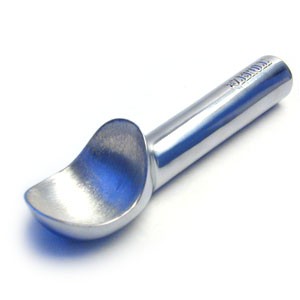
From Banking Day:
Financial institutions cut their savings rates harder than their borrowing rates in the month following the Reserve Bank’s 50 basis point reduction in the official cash rate.
According to data supplied by Infochoice, standard variable rates fell by an average of 32 basis points in May, while high-yield savings account rates fell by an average of 43 basis points.
A number of lenders – all of them credit unions and building societies – passed on only half the RBA rate cut. These included Victoria Teachers Mutual Bank, Teachers Mutual Bank, Service One, Police and Nurses, Macquarie Credit Union, IMB, Horizon Credit Union and CUA.
A couple of bank chief financial officers have said in recent presentations that of all their sources of funding the cost of retail deposits had gone up the most over the past year.
Westpac reiterated this point in a submission last week to the Senate’s economics committee. The bank noted that term deposits are now paying between 130 and 180 basis points above the cash rate, compared with around 40 to 70 bps above the cash rate in June 2011.
The bank said that “while the cash rate has decreased 50 basis points over this period, the relative cost of these deposits has increased by around 30 basis points.”
Small institutions, which rely more on retail deposits, have held on to more of the RBA rate cut.
Fixed rates have also fallen over the past month, reflecting the strong rally on the fixed interest market and the impact of that rally on swap rates.
One-year fixed home loan rates fell by an average of 21 basis points during May. Three-year rates also fell by an average of 21 basis points, and five-year rates fell by an average of 22 points.
Lenders that reduced their three-year rate (the most popular fixed term) by 40 basis points or more included Macquarie Bank, Resi Mortgage, Bankwest, Homeloans, Mortgage House and State Custodians.
Low cost three-year fixed rates are between 5.6 per cent and 5.8 per cent, while low cost variable rates are around 5.8 per cent to six per cent.
High-yield savings’ rates took a bigger cut than loan rates. The average reduction during May was 43 basis points. The average rate on offer has fallen from 4.88 per cent to 4.45 per cent.
More than 40 institutions cut their savings rates by 50 basis points. They included NAB, UBank, RaboDirect, AMP, Bankwest, Members Equity and St George.
Three deposit-takers cut their rates by more than 50 points: Virgin Money cut its Virgin Saver rate by 60 basis points; Suncorp cut its eOptions High Interest Online Savings rate by 65 basis points; and SGE Credit Union cut its inetSaver rate by 100 basis points.
Institutions offering the top savings rates are Rams (at 5.75 per cent), Citibank Online Saver (5.7 per cent), Bankwest Telenet Saver (5.65 per cent), ING Direct Savings Maximiser (5.6 per cent), Bank of Queensland WebSavings (5.55 per cent) and HSBC Serious Saver (5.55 per cent).

